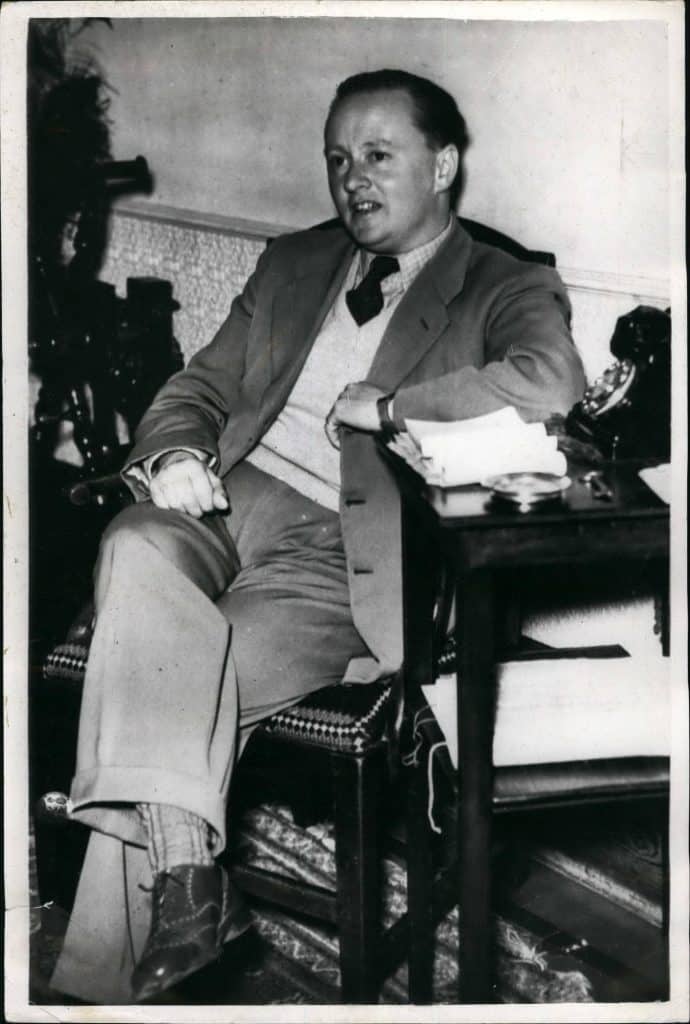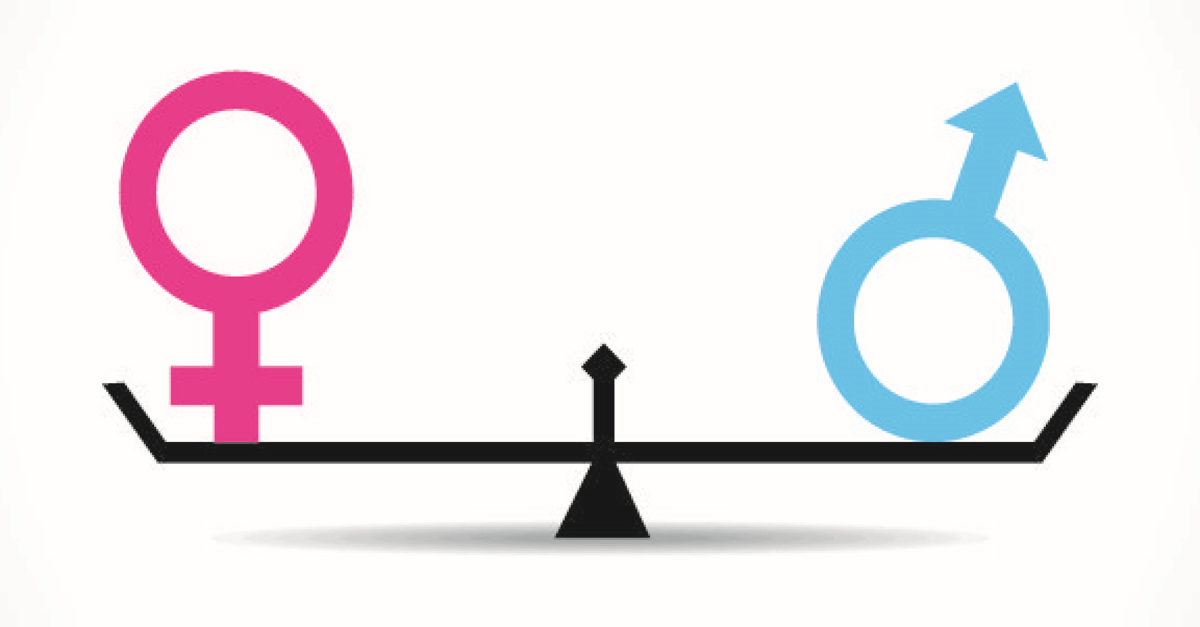Historical LGBT+ Legal Figures: Pioneering Lawyers And Activists

Table of Contents
Early Pioneers and the Fight for Decriminalization
The Mattachine Society and the Daughters of Bilitis
The fight for LGBT+ rights began long before widespread public awareness. Early organizations like the Mattachine Society (focused on men) and the Daughters of Bilitis (focused on women) played a crucial role in challenging sodomy laws – laws that criminalized same-sex relations. These groups, though operating largely underground, engaged in subtle yet impactful legal strategies:
- Lobbying: They attempted to influence lawmakers, advocating for the repeal or reform of discriminatory legislation.
- Public Education: Through publications and discreet meetings, they sought to change public perception and educate the wider community about homosexuality.
- Legal Challenges (though rare): While direct legal challenges were risky, they laid the groundwork for future, bolder actions.
Key figures, though often anonymous to protect their safety, began to slowly chip away at the societal and legal stigma.
The Role of Early Lawyers in Challenging Sodomy Laws
Finding lawyers willing to take on the extremely unpopular cases against sodomy laws was a monumental task. These brave individuals faced immense professional risks, social ostracization, and often, outright hostility. Many operated behind the scenes, providing crucial legal counsel to early activist groups.
- Limited Resources: Early lawyers often lacked funding and resources, yet they persevered with limited success, laying groundwork for future legal battles.
- Strategic Choices: The emphasis was on defense rather than offensive litigation, mostly focusing on protecting individuals from prosecution under sodomy laws.
- Examples (while specific names are often obscured due to the sensitivity of the time): Many early lawyers, whose names remain largely unknown, provided essential pro bono services, helping to navigate the legal system in the face of entrenched prejudice. Their contributions, while largely undocumented, are critical to the ongoing LGBT+ legal history.
The Rise of LGBT+ Legal Organizations and the Development of Legal Strategies
The Emergence of Legal Aid and Advocacy Groups
The latter half of the 20th century witnessed the rise of dedicated LGBT+ legal organizations. These groups employed sophisticated legal strategies, focusing on both litigation and legislative advocacy:
- Lambda Legal: Founded in 1973, Lambda Legal has been instrumental in countless landmark cases, advocating for LGBTQ+ rights.
- ACLU LGBT & HIV Project: The American Civil Liberties Union's LGBT & HIV Project has similarly played a significant role in challenging discriminatory laws and policies.
- National Center for Lesbian Rights (NCLR): This organization has focused on the specific needs of lesbians and other women.
Shifting Legal Strategies and the Use of Litigation
Legal strategies shifted over time. Initially focused on decriminalization, they expanded to address broader issues of equality. Litigation became a powerful tool:
- From Defense to Offense: Instead of simply defending individuals accused under sodomy laws, LGBT+ legal organizations increasingly filed lawsuits challenging discriminatory laws.
- Landmark Cases: Cases like Romer v. Evans (1996) and Lawrence v. Texas (2003) demonstrated the growing success of this strategic shift.
- Building Precedent: Each successful legal challenge helped build a stronger foundation for future cases, leading towards greater legal protections.
Key Cases and Landmark Legal Victories in LGBT+ Legal History
Bowers v. Hardwick and its Overruling
Bowers v. Hardwick (1986) upheld the constitutionality of sodomy laws, a devastating setback for LGBT+ rights. However, this decision was eventually overturned in Lawrence v. Texas (2003):
- Bowers' Impact: It had a chilling effect on LGBT+ activism and legal challenges for nearly two decades.
- Lawrence's Significance: This ruling invalidated sodomy laws nationwide, marking a significant turning point in LGBT+ legal history. It was a major victory, achieved through persistent advocacy and evolving legal strategies.
Obergefell v. Hodges and the Right to Marry
Obergefell v. Hodges (2015) legalized same-sex marriage nationwide, representing a culmination of decades of legal activism:
- Key Arguments: The case centered on the Fourteenth Amendment's Equal Protection and Due Process Clauses.
- Legal Reasoning: The Supreme Court recognized the fundamental right of same-sex couples to marry, ensuring equal access to the legal benefits and protections associated with marriage.
- Impact: This landmark ruling dramatically reshaped the legal landscape for LGBT+ couples, granting them equal rights and protections under the law.
Modern LGBT+ Legal Challenges and the Ongoing Fight for Equality
Issues Facing the LGBT+ Community Today
Despite significant progress, LGBT+ individuals still face legal challenges:
- Transgender Rights: Discrimination based on gender identity remains a significant problem. Laws concerning bathroom access, healthcare, and employment are frequently contested.
- LGBTQ+ Adoption and Foster Care: Some states still have discriminatory laws or policies related to LGBTQ+ individuals adopting or fostering children.
- Discrimination in Employment and Housing: LGBTQ+ individuals continue to face discrimination in the workplace and housing markets, necessitating continued legal advocacy.
The Continued Role of LGBT+ Lawyers and Activists
The fight for full equality is far from over. LGBT+ lawyers and activists continue to play a crucial role:
- Legislative Advocacy: Organizations actively lobby for the passage of non-discrimination laws and the repeal of discriminatory policies.
- Litigation: Legal challenges continue to address various forms of discrimination and inequality.
- Public Education: Raising awareness and fostering understanding of LGBT+ issues remains a crucial element of the ongoing fight.
The ongoing work of Lambda Legal, the ACLU LGBT & HIV Project, and countless other organizations highlights the sustained need for dedicated LGBT+ legal advocacy.
Conclusion
The history of LGBT+ legal rights is a testament to the courage, resilience, and unwavering dedication of pioneering lawyers and activists. From the early challenges to sodomy laws to the landmark victories in Obergefell v. Hodges and beyond, their contributions have fundamentally reshaped the legal landscape. Understanding this rich LGBT+ legal history is crucial to appreciating the progress made and to recognizing the ongoing need for continued advocacy. Explore LGBT+ legal history resources, support LGBTQ+ advocacy groups, and consider getting involved in LGBT rights activism. Together, we can continue to build a more just and equitable future for the LGBT+ community.

Featured Posts
-
 Arizona Boating Competition Speedboat Flips During Record Attempt
Apr 29, 2025
Arizona Boating Competition Speedboat Flips During Record Attempt
Apr 29, 2025 -
 Mlb Considers Petition To Reinstate Pete Rose Report
Apr 29, 2025
Mlb Considers Petition To Reinstate Pete Rose Report
Apr 29, 2025 -
 Lavoro E Parita Di Genere Un Analisi Della Situazione Attuale In Italia
Apr 29, 2025
Lavoro E Parita Di Genere Un Analisi Della Situazione Attuale In Italia
Apr 29, 2025 -
 The Growing Appeal Of The Venture Capital Secondary Market
Apr 29, 2025
The Growing Appeal Of The Venture Capital Secondary Market
Apr 29, 2025 -
 Akeso Stock Drops After Cancer Drug Trial Fails To Meet Expectations
Apr 29, 2025
Akeso Stock Drops After Cancer Drug Trial Fails To Meet Expectations
Apr 29, 2025
Latest Posts
-
 Destination Nebraska Act A New Route For The Rod Yates Development In Gretna
Apr 30, 2025
Destination Nebraska Act A New Route For The Rod Yates Development In Gretna
Apr 30, 2025 -
 Live Devastating House Fire Explosion In Yate Uk
Apr 30, 2025
Live Devastating House Fire Explosion In Yate Uk
Apr 30, 2025 -
 Rod Yates Mega Project The Destination Nebraska Act And Its Impact On Gretna
Apr 30, 2025
Rod Yates Mega Project The Destination Nebraska Act And Its Impact On Gretna
Apr 30, 2025 -
 Virginia Man Sentenced Gun Hidden From Child
Apr 30, 2025
Virginia Man Sentenced Gun Hidden From Child
Apr 30, 2025 -
 Inferno Engulfs Yate House Live Updates On The Explosion
Apr 30, 2025
Inferno Engulfs Yate House Live Updates On The Explosion
Apr 30, 2025
